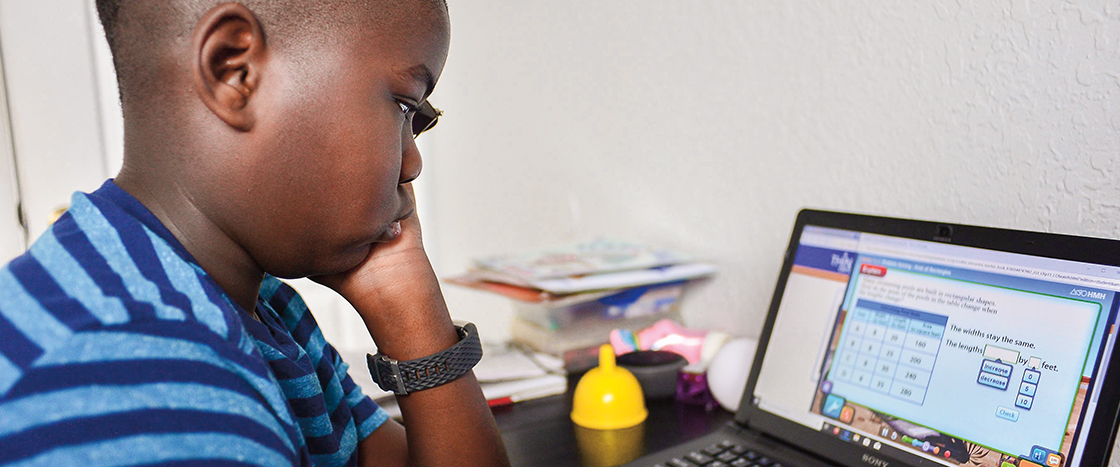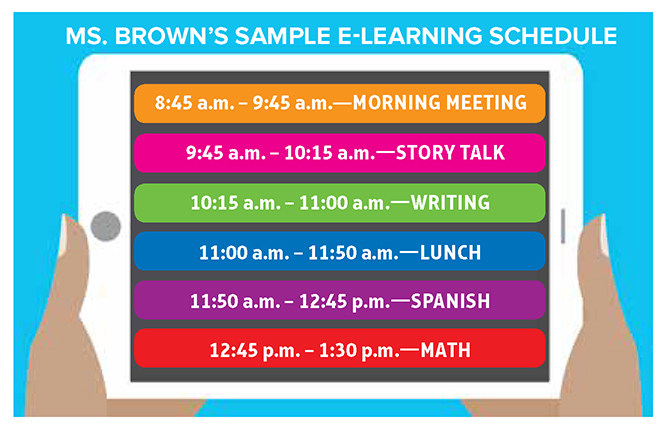Starting this past winter, a new illness called COVID-19 sickened people around the globe. In more than 190 countries, schools closed to slow the spread of the virus that causes the disease. When DynaMath went to press, it was unclear when and where schools would reopen.
But learning didn’t stop! Students completed lessons at home, often online.
A new illness called COVID-19 was discovered this past winter. It sickened people around the globe. Schools closed in more than 190 countries. Officials wanted to slow the spread of the virus that causes the disease. It was unclear when and where schools would reopen at the time DynaMath went to press.
But learning didn’t stop! Students completed lessons at home. Many of them attended school online.


